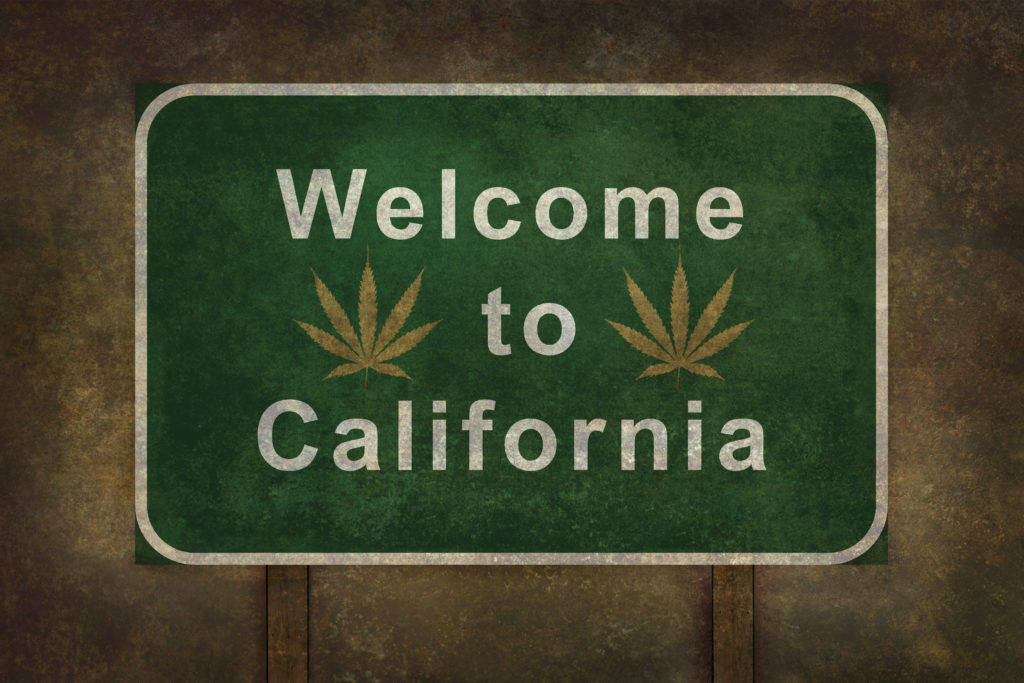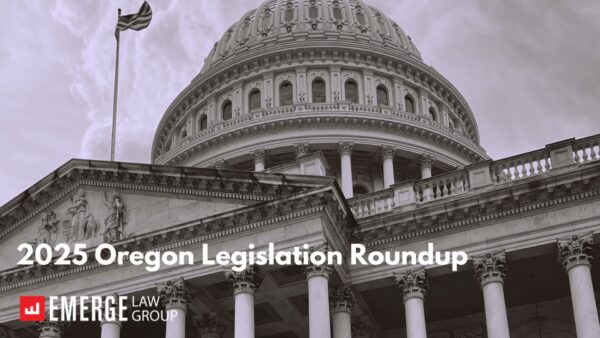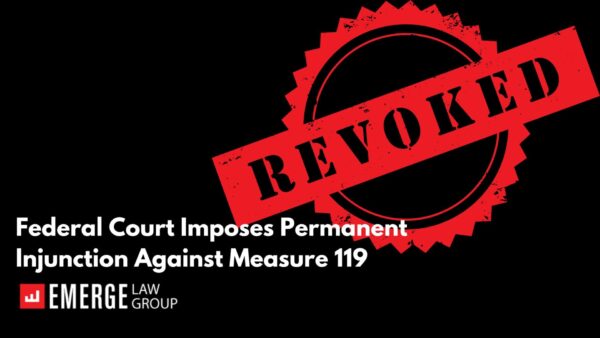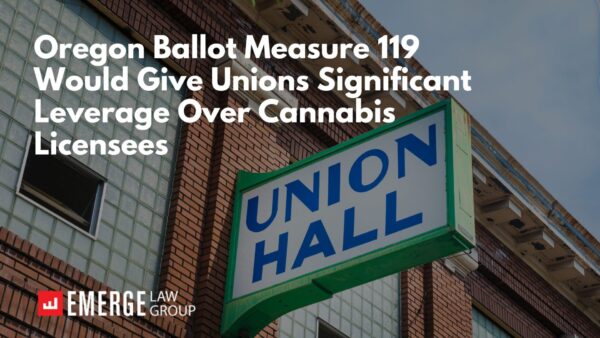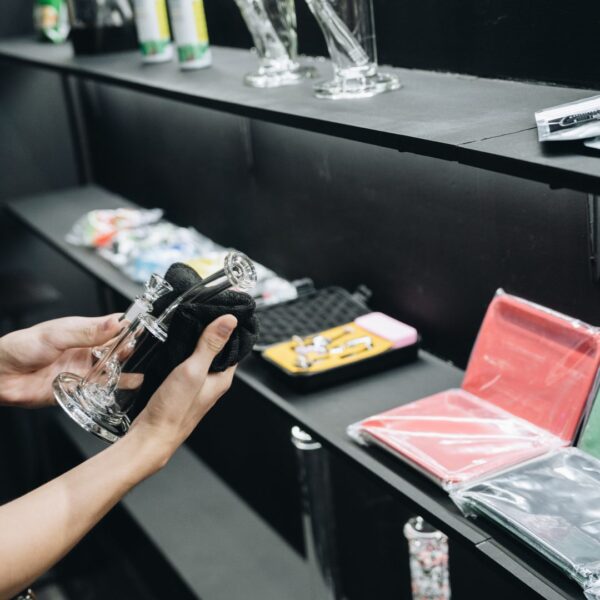California Releases Draft Medicinal and Adult-Use Regulations
On Thursday, November 16, the three (3) California cannabis-licensing agencies released draft emergency regulations implementing the Medicinal and Adult-Use Cannabis Regulation and Safety Act (MAUCRSA). The agencies – the Bureau of Cannabis Control (within the Department of Consumer Affairs), the Department of Food and Agriculture, and the Department of Public Health – are legally obligated to begin issuing state licenses to cannabis businesses starting January 1, 2018. They issued these proposed regulations pursuant to an expedited, emergency rulemaking procedure in order to meet that statutory deadline.
The full text of the proposed regulations spans nearly 300 pages and details the agencies’ proposed plans to implement state licensure and regulation of the industry. Here are a few of the highlights.
Additional License Types
In the proposed regulations, the Bureau of Cannabis Control (BCC), which regulates retailers, microbusinesses, distributors, and testing labs, added four (4) license types to the list established by MAUCRSA: Type 9 (delivery-only retailer); Type 13 (transport-only distributor), essentially reviving the Transporter license from the now-defunct Medical Cannabis Regulation and Safety Act (MCRSA); Type 14 (cannabis-event organizer); and temporary event licenses.
The Department of Food and Agriculture (DFA), which regulates cultivation and the statewide track-and-trace program, added a processor license for trimming, drying, curing, grading, storing, packaging, and labeling cannabis. A licensed processor that does not also hold a cultivation license may not commercially cultivate cannabis.
The Department of Public Health (DPH), which regulates manufacturing, added two (2) license types: Type N (infusion – non-extraction manufacturer, such as for topicals and edibles) and Type P (packaging and labeling). The resulting total of four (4) DPH licenses are hierarchical – a Type 7 (volatile manufacturer) licensee may conduct all manufacturing activities; a Type 6 (nonvolatile manufacturer) may conduct all but volatile manufacturing; a Type N may infuse, package, and label; and a Type P may only package and label cannabis products.[i] DPH also announced a fifth license type in development: Type S (shared manufacturing facility), for manufacturers to share facility space.[ii]
No acreage cap for cultivation sites
Under MAUCRSA, licenses for unlimited-size cultivators (Type 5) are theoretically prohibited until 2023, and those for medium-size cultivators (Type 3)[iii] are to be limited in number. In its proposed regulations, DFA limits each licensee to a single Type 3 license but does not cap the size of cultivation sites.[iv] The result is that a single licensee may apply for multiple “small” cultivation licenses (Type 2) and combine them to create one large cultivation site that exceeds an acre.[v]
Transition Period
From January 1 to July 1, 2018, licensees may conduct business with any other licensee, regardless of their license designation as adult-use (A-license) or medicinal (M-license).[vi] After July 1, licensees may only do businesses with other licensees with the same A- or M- designation, although each licensee may hold both types of licenses.
During the transition period, retailers may also sell items in inventory that do not meet new requirements, subject to some additional labeling and packaging requirements for certain products.
CO2 and Ethanol are Nonvolatile
DPH’s proposed rules define carbon dioxide and ethanol as nonvolatile solvents for the purposes of manufacturing licensure, despite the definition of volatile solvent (which remains unchanged) as “any solvent that is or produces a flammable gas or vapor that, when present in the air in sufficient quantities, will create explosive or ignitable mixtures.”
Once these proposed emergency regulations are filed with the Office of Administrative Law (OAL), there will be a 5-calendar-day public comment period and OAL will have 10 calendar days to approve or disapprove the regulations. The promulgating agencies (BCC, DPH, and DFA) are not required to respond to public comment in the emergency rulemaking process, but they may do so within 8 calendar days of submitting the regulations to OAL.
Since these emergency rules are being promulgated on an expedited timeline,[vii] we can expect the licensing authorities to follow this emergency rulemaking with a standard rulemaking process (likely in early 2018) to clean up, modify, or add to the emergency regulations.
[i] The difference between a DPH Type P manufacturer and a DFA processor is the type of product being packaged and labeled.
[ii] This would seem to contravene MAUCRSA’s definition of “premises,” which expressly prohibits a single premises from being occupied by multiple licensees.
[iii] “Medium” cultivators can cultivate up to an acre outdoors or up to 22,000 indoors or with mixed light.
[iv] This omission has already met with significant opposition and may change.
[v] Type 1 “specialty cottage” licensees are prohibited by definition in MAUCRSA from cultivating more than 5,000 square feet on one premises or on contiguous plots.
[vi] This does not change the prohibition on business transactions between licensees and unlicensed entities, including collectives currently exempt from the state-licensure requirement, starting January 1, 2018.
[vii] MAUCRSA was just passed in late June and amended in early September of 2017, and the licensing authorities are under mandate to begin licensure on January 1, 2018.
